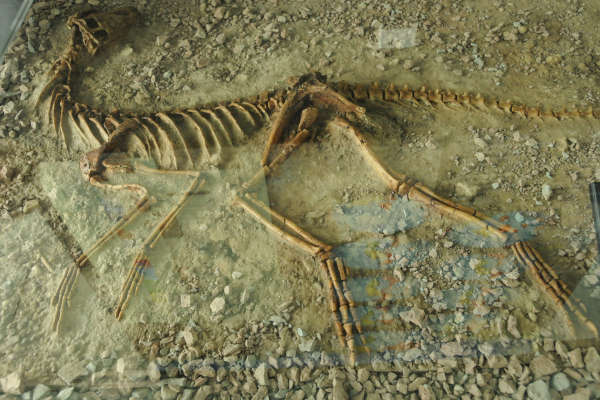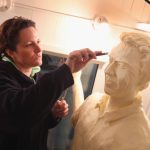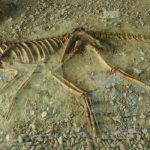About 165 million years ago, a strange and heavily armoured dinosaur roamed what is now Morocco.
Fossils found in the Atlas Mountains show that this dinosaur, called Spicomellus, was covered with spikes and bony plates unlike any other known animal. Scientists say it may be the oldest member of a group of plant-eating dinosaurs called ankylosaurs.
Spicomellus was about four meters long and weighed up to two tons. It walked on four legs and was slow-moving, but its body was decorated with long, sharp spikes. These spikes may have been used to scare away predators, but scientists also think they could have been for show, like a peacock’s feathers or a deer’s antlers.
The fossils reveal that Spicomellus had spiked ribs, a bony collar, and large spikes on its hips. Its tail bones suggest it may have carried a weapon at the end, like a club or more spikes, which would make it one of the earliest dinosaurs with such a feature.
Ankylosaurs, the group Spicomellus belonged to, were some of the most successful plant-eating dinosaurs. They survived until the asteroid impact 66 million years ago that ended the age of dinosaurs. The best-known ankylosaur, Ankylosaurus, lived much later in North America and was far larger, with a tail club strong enough to fight off predators like Tyrannosaurus rex.













